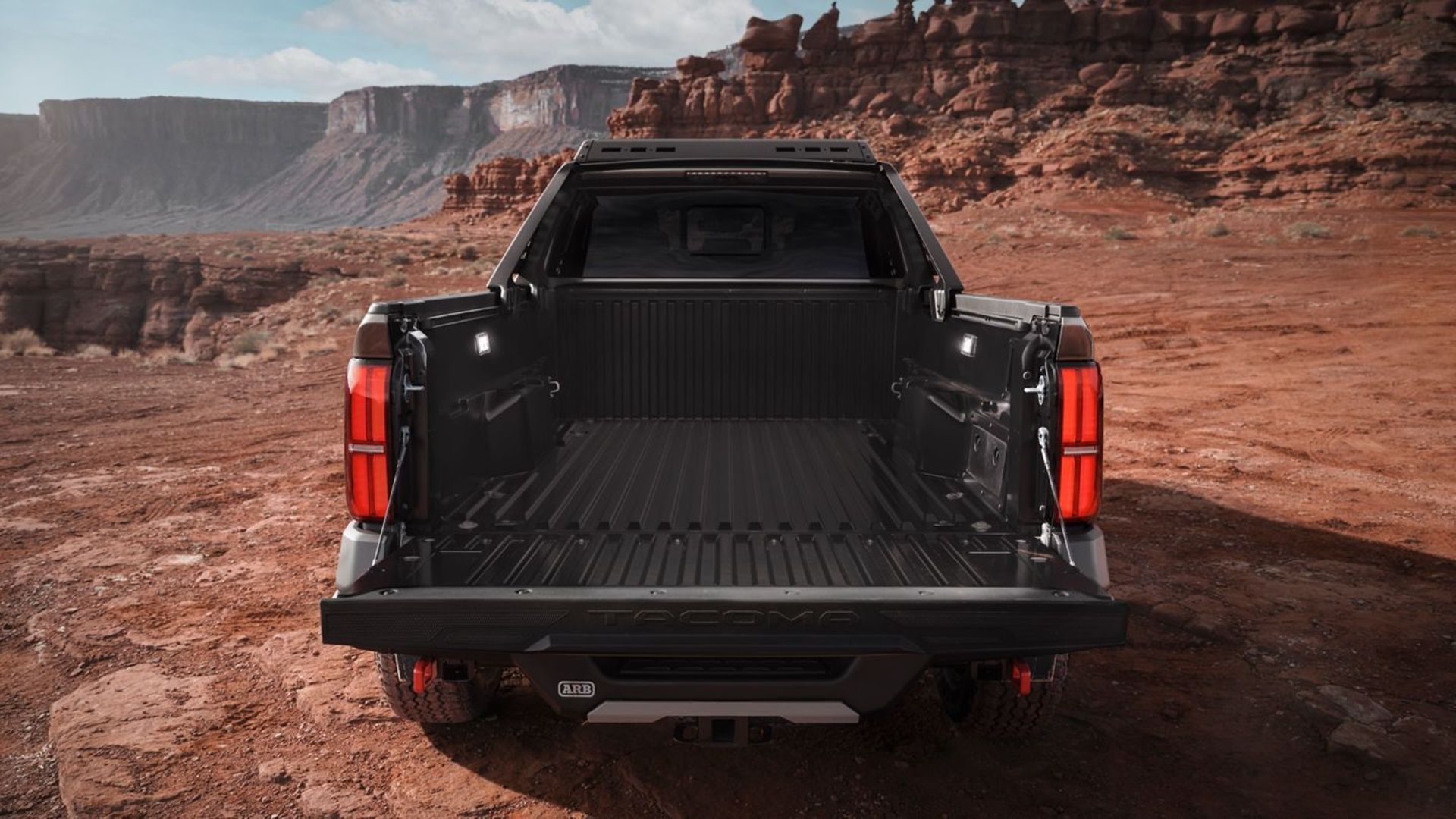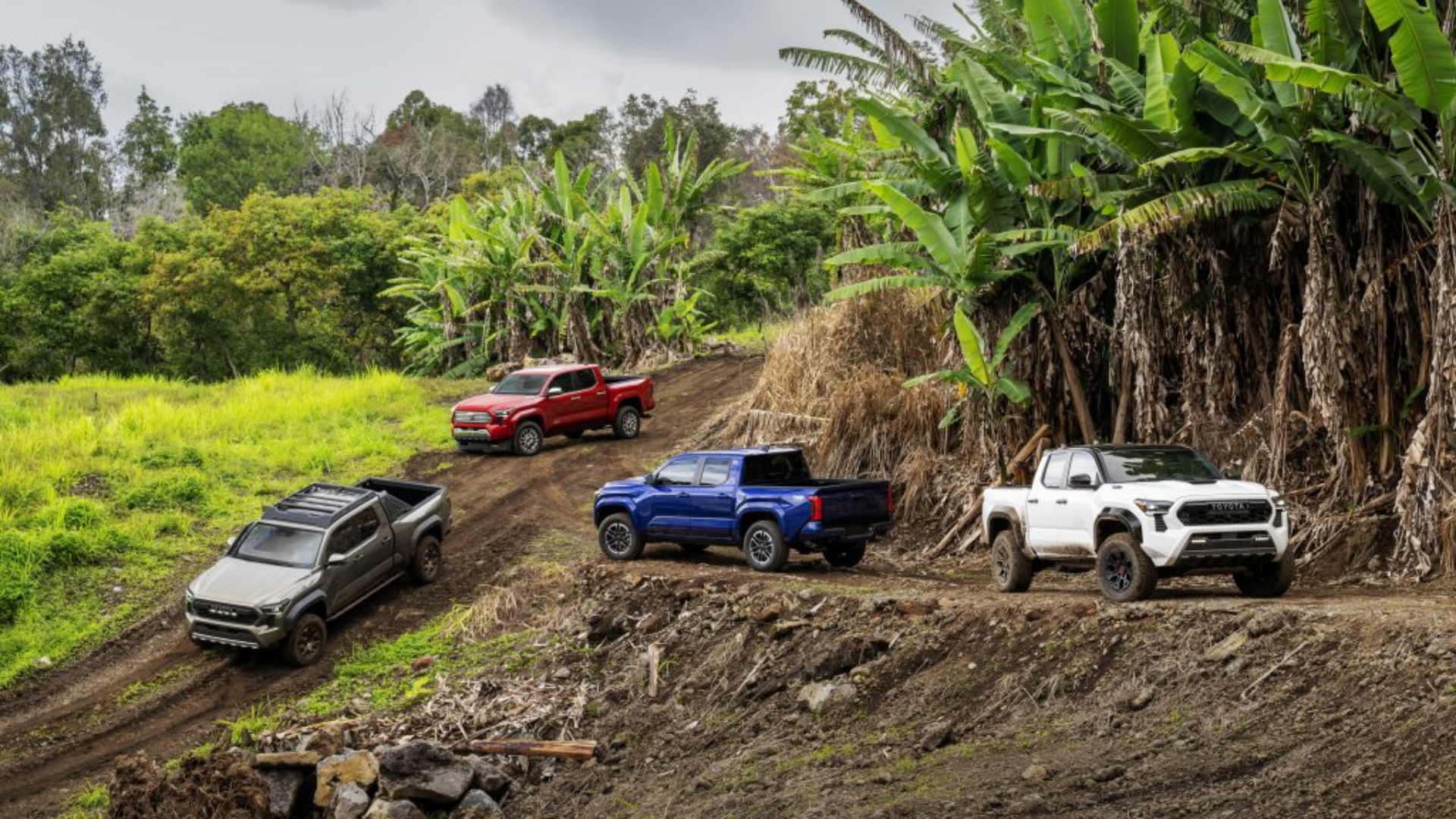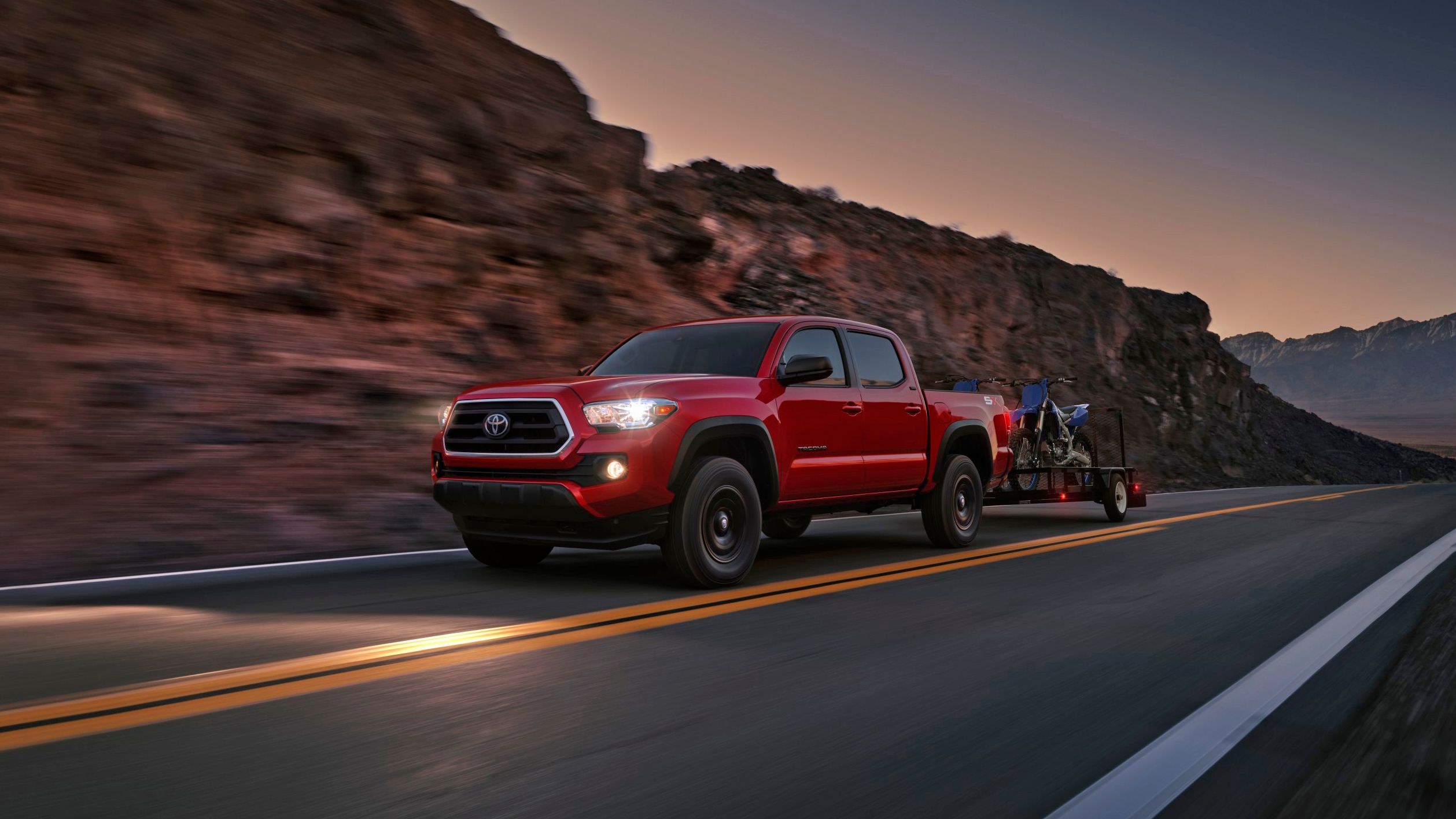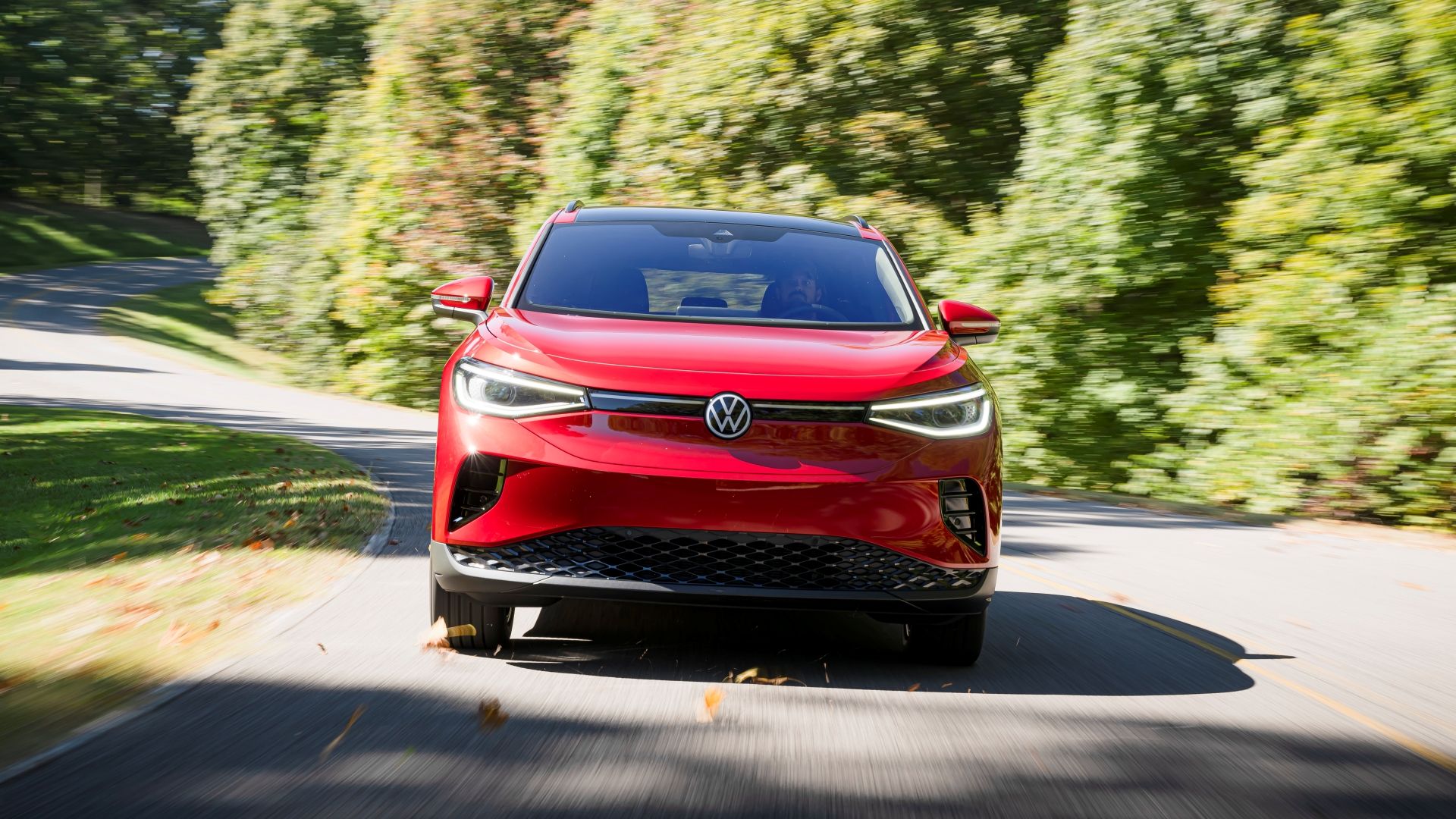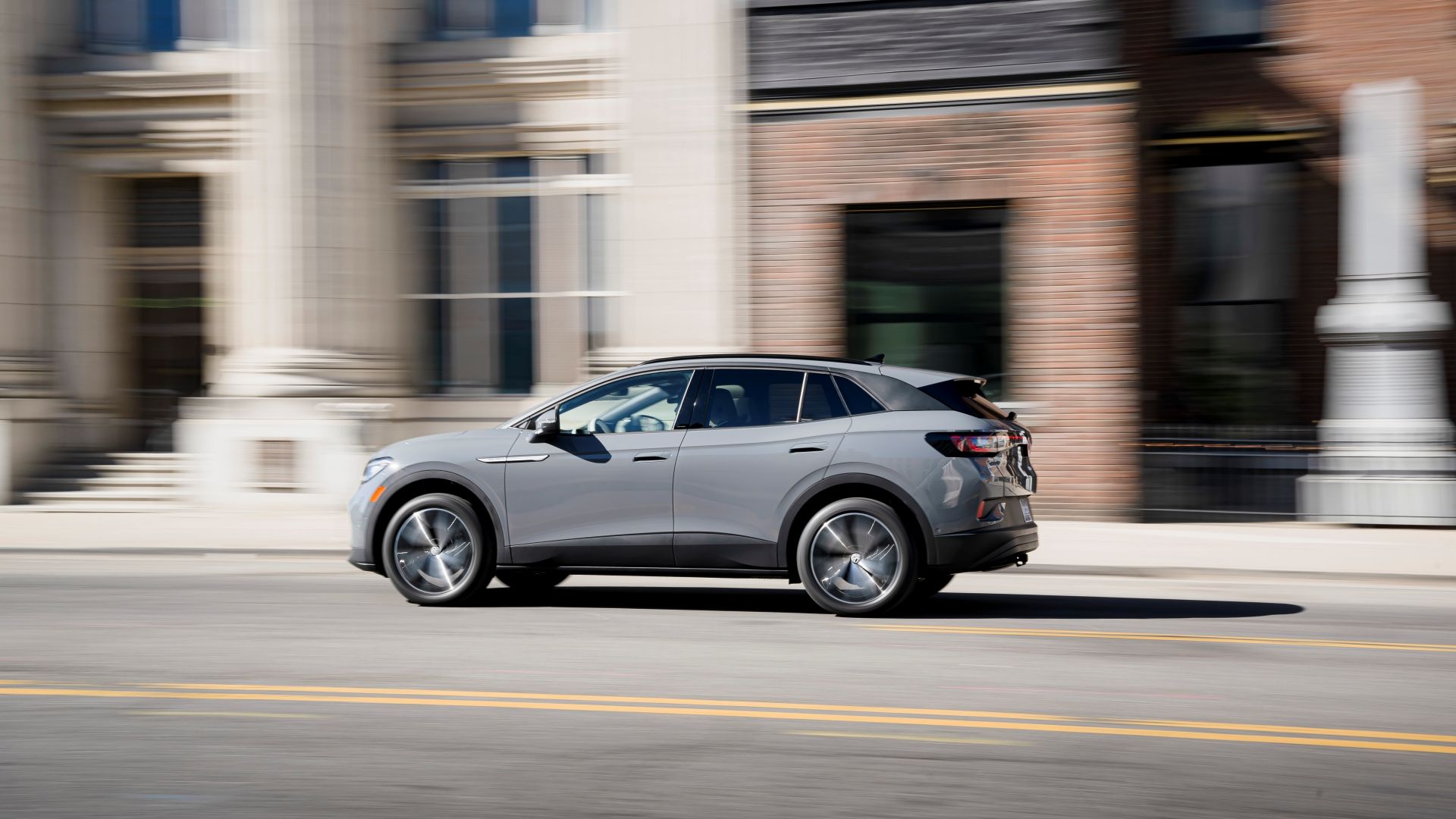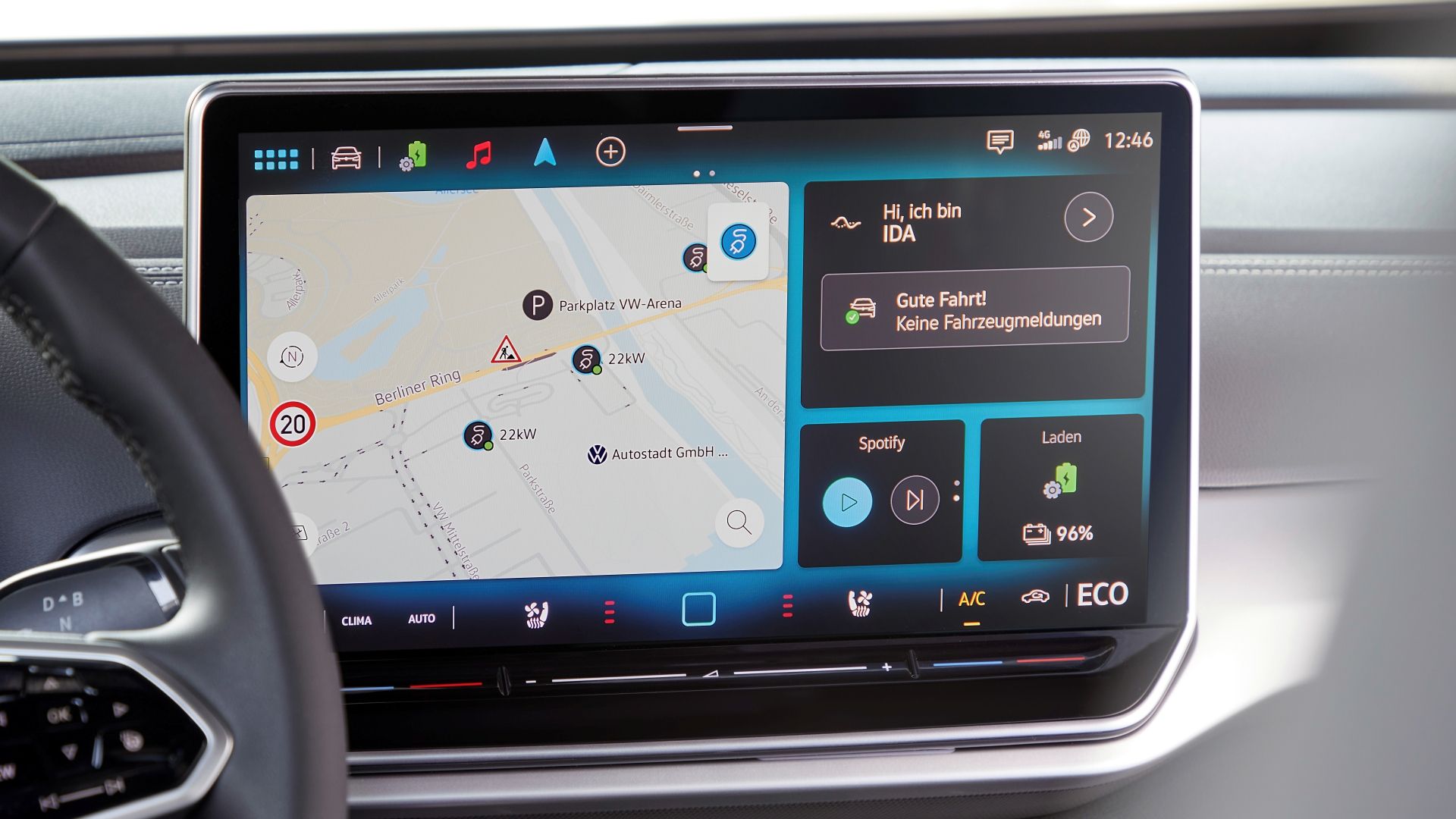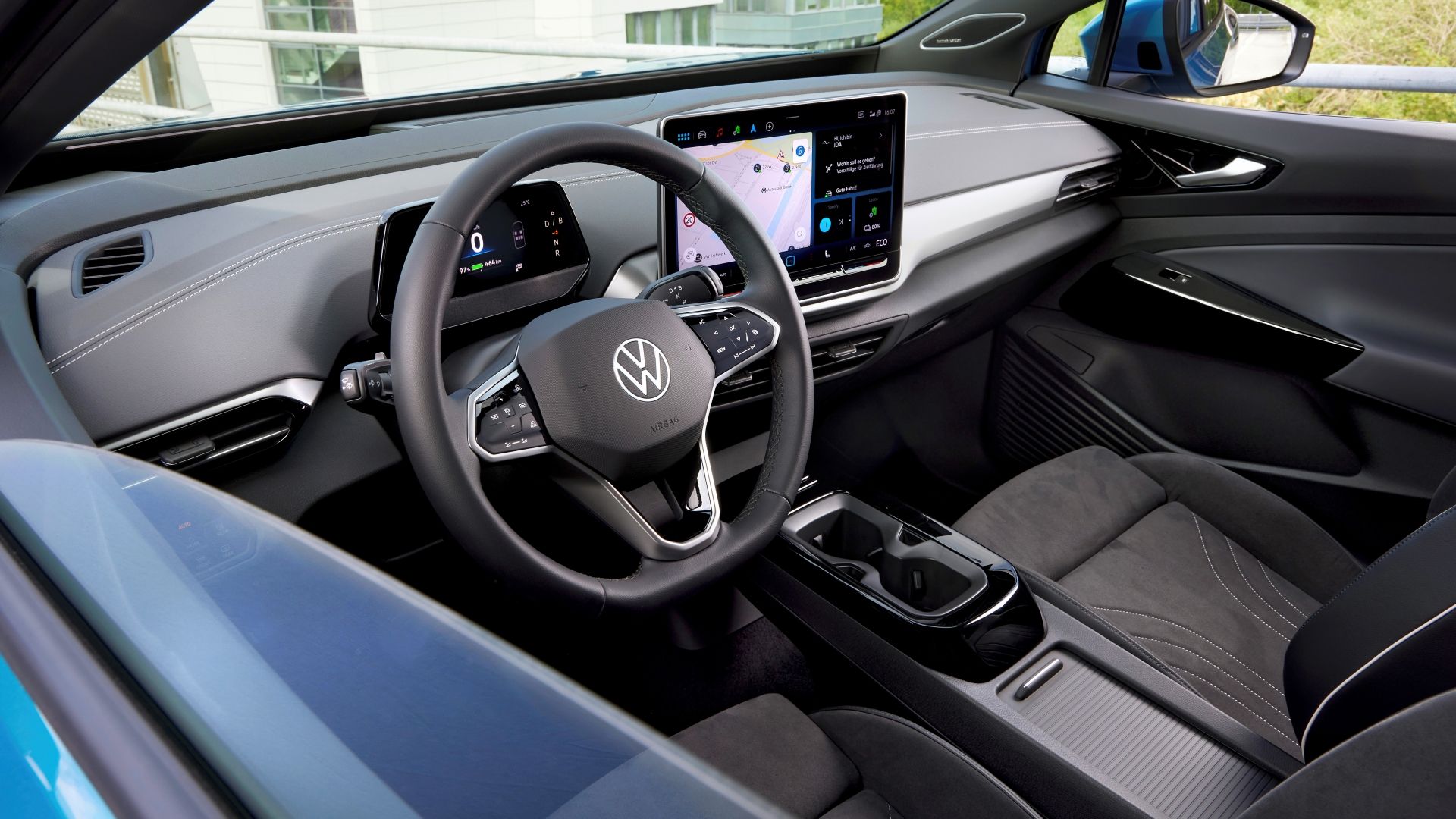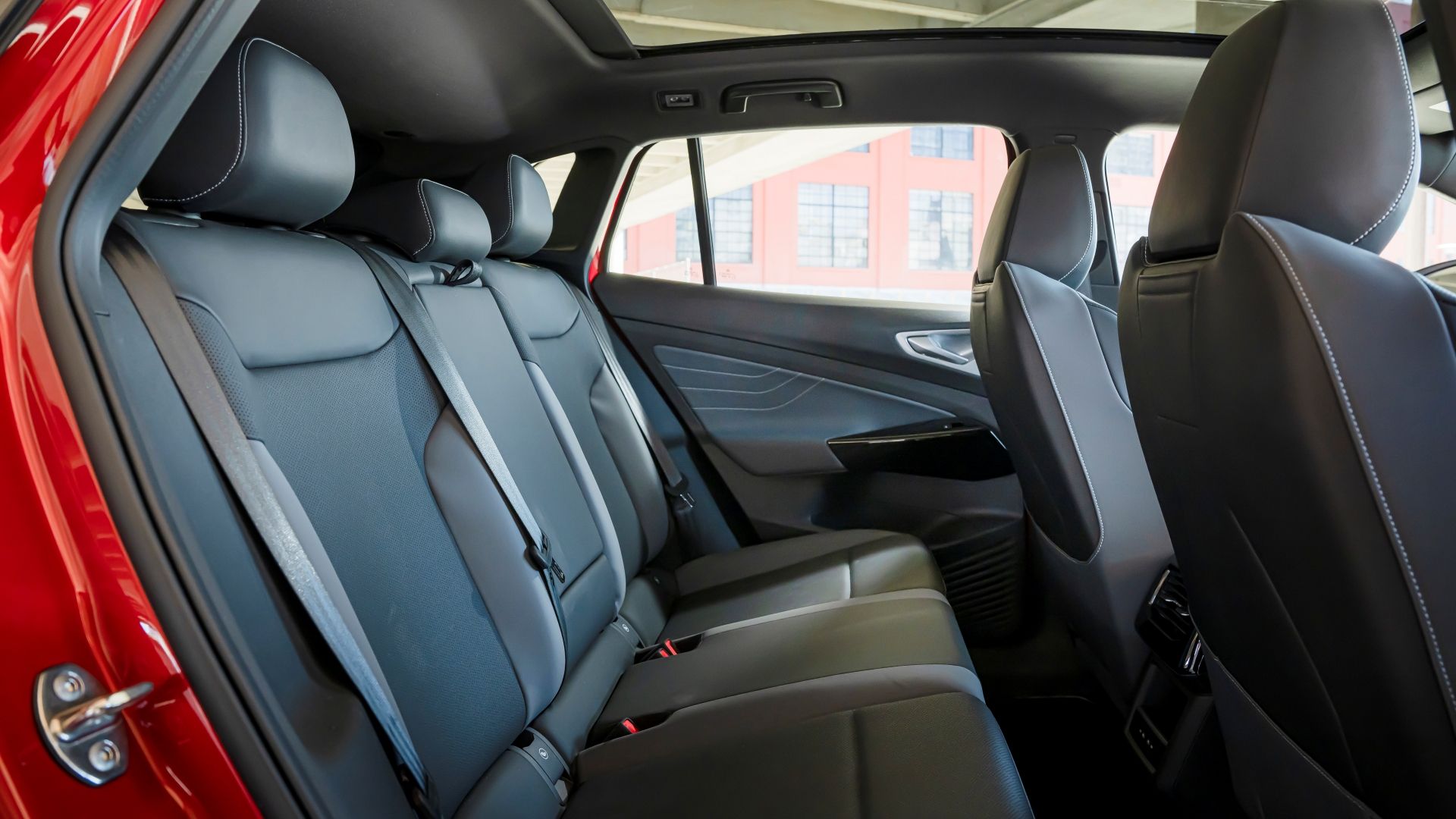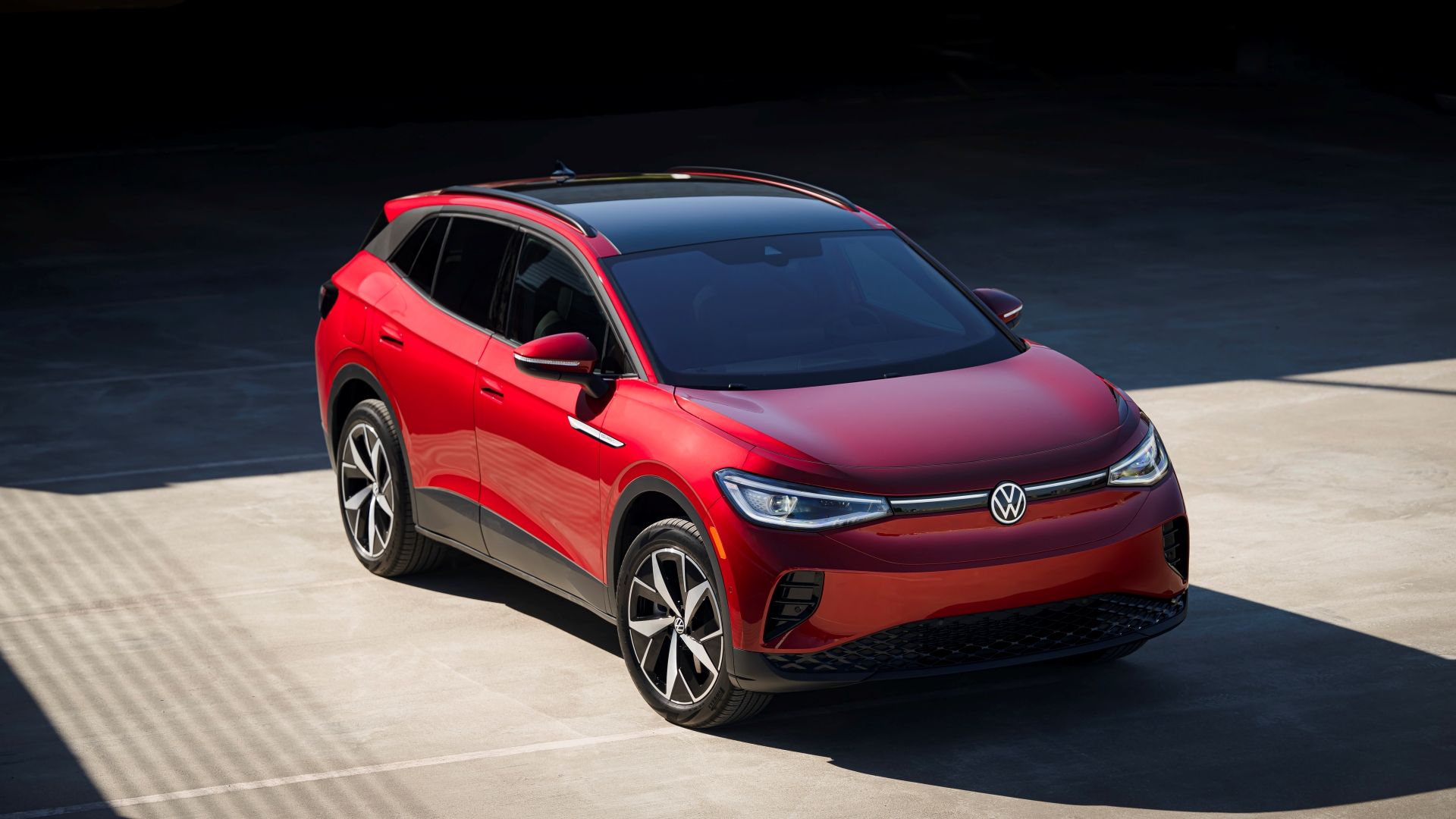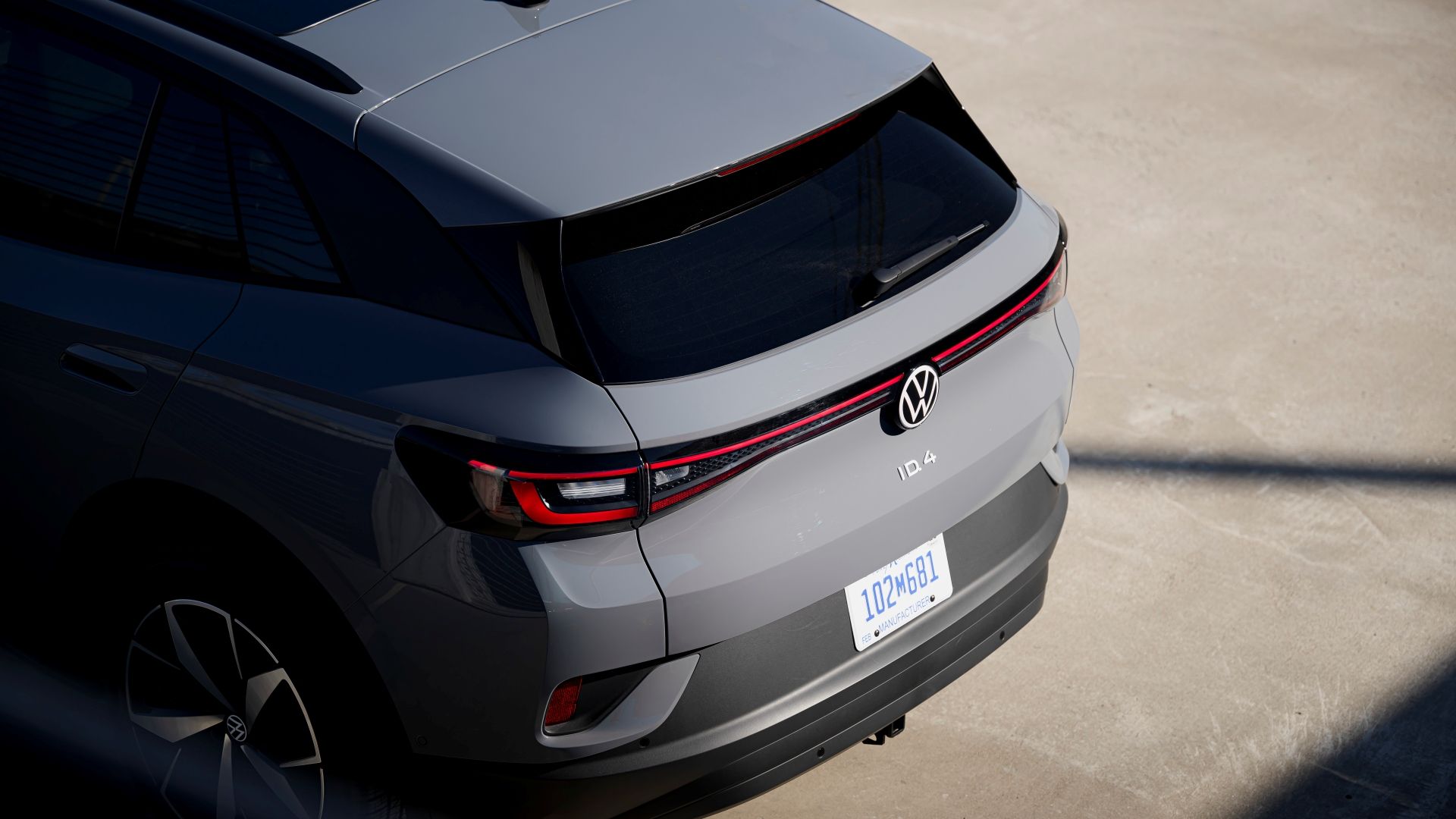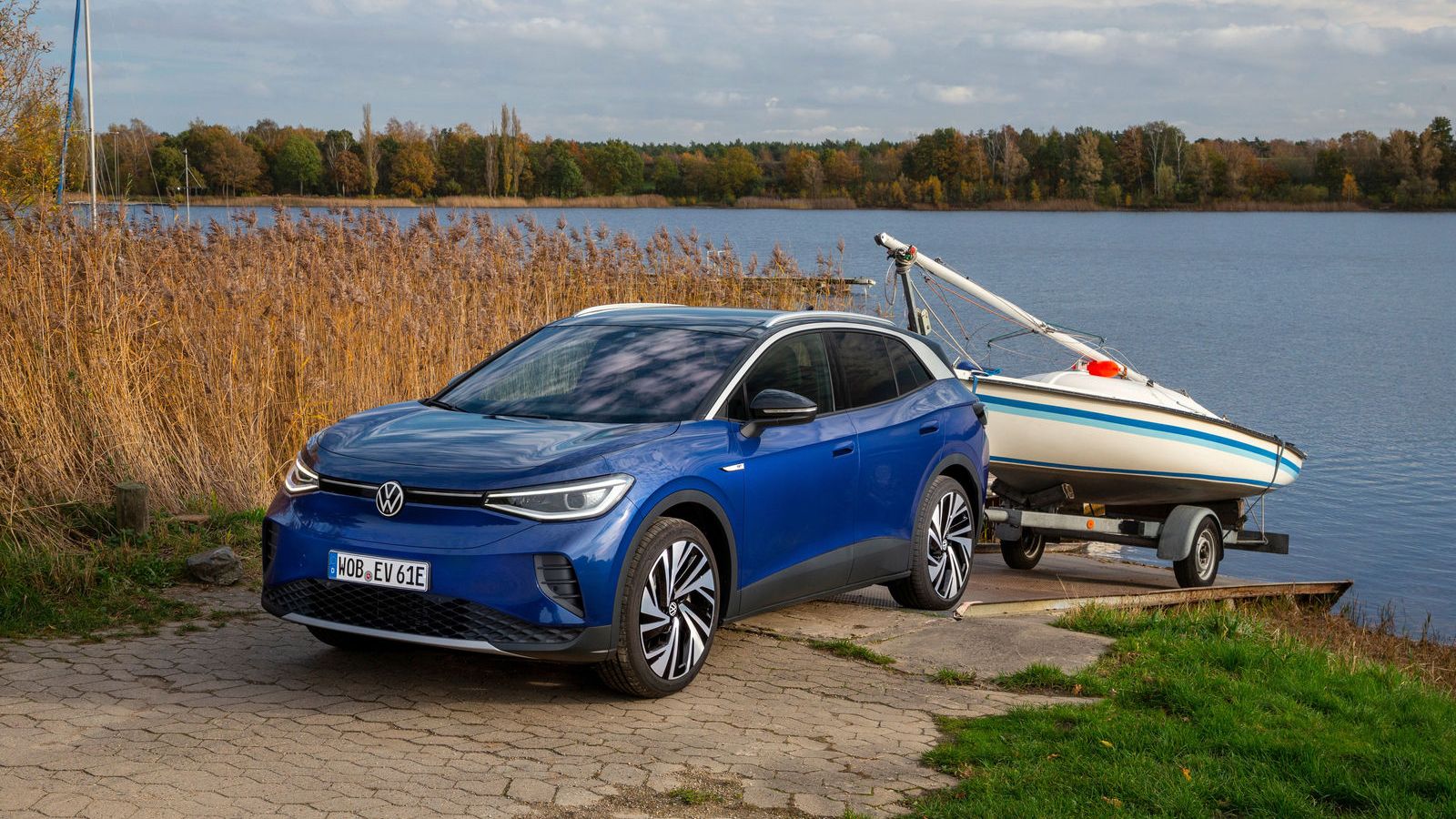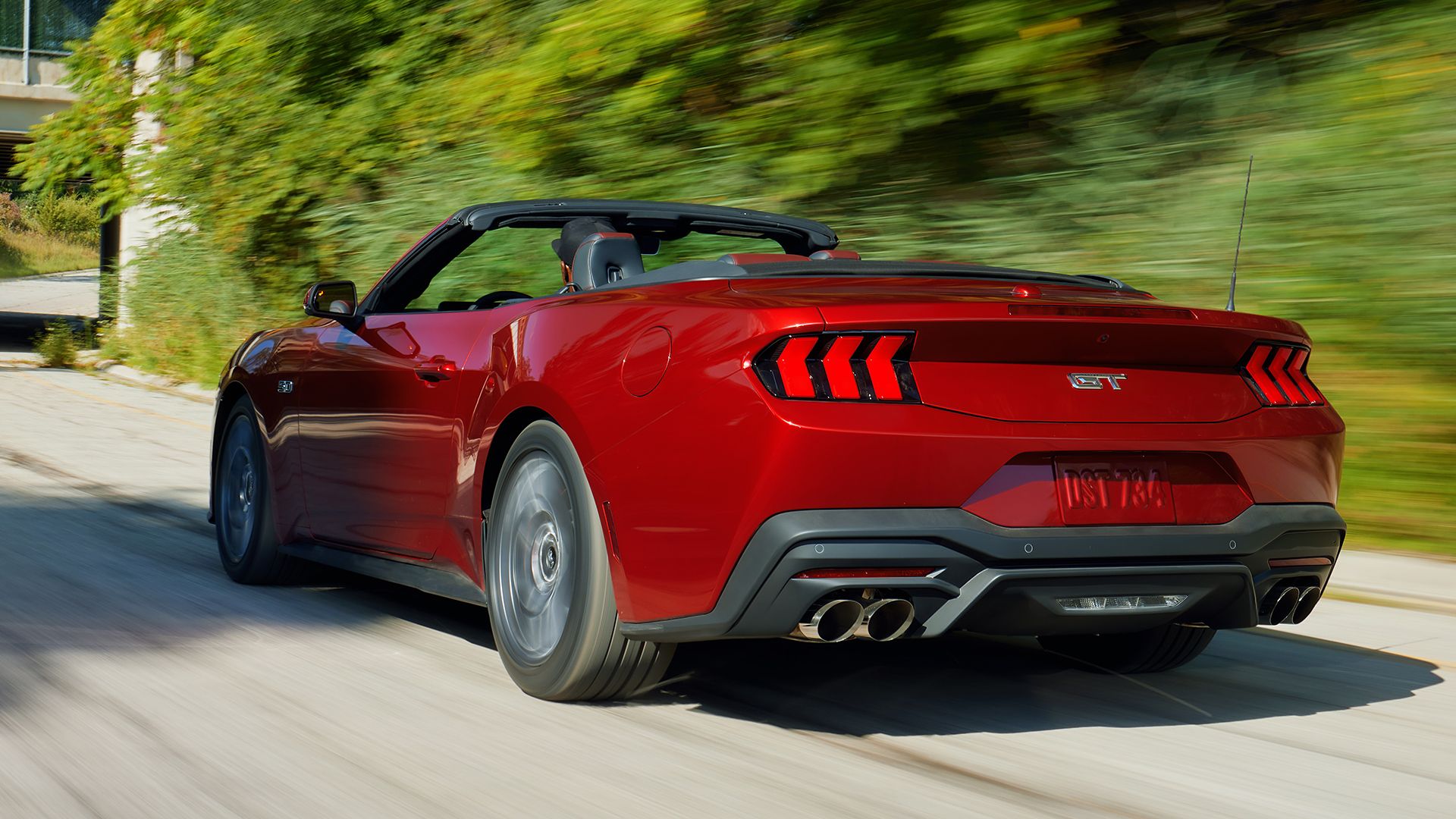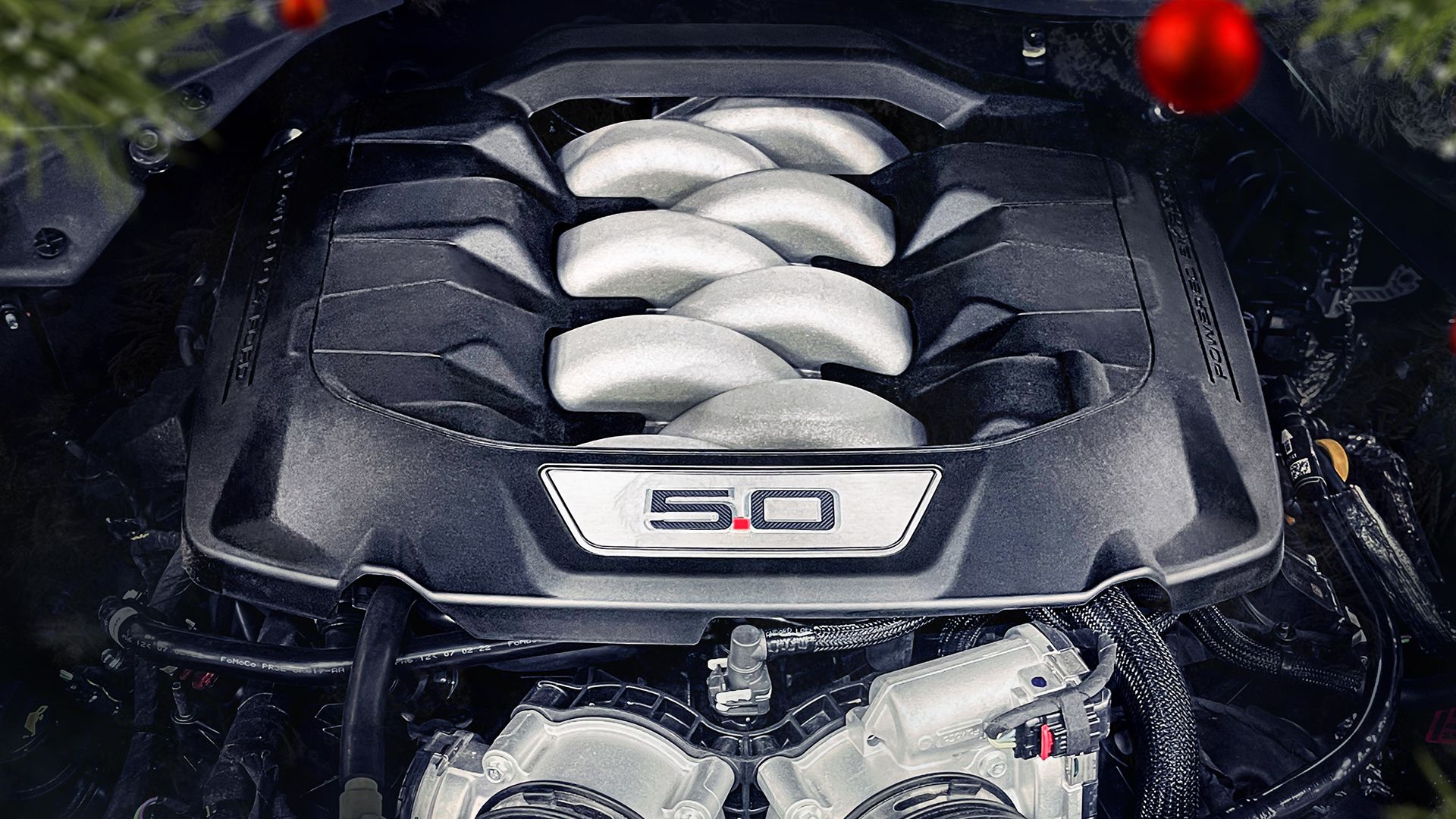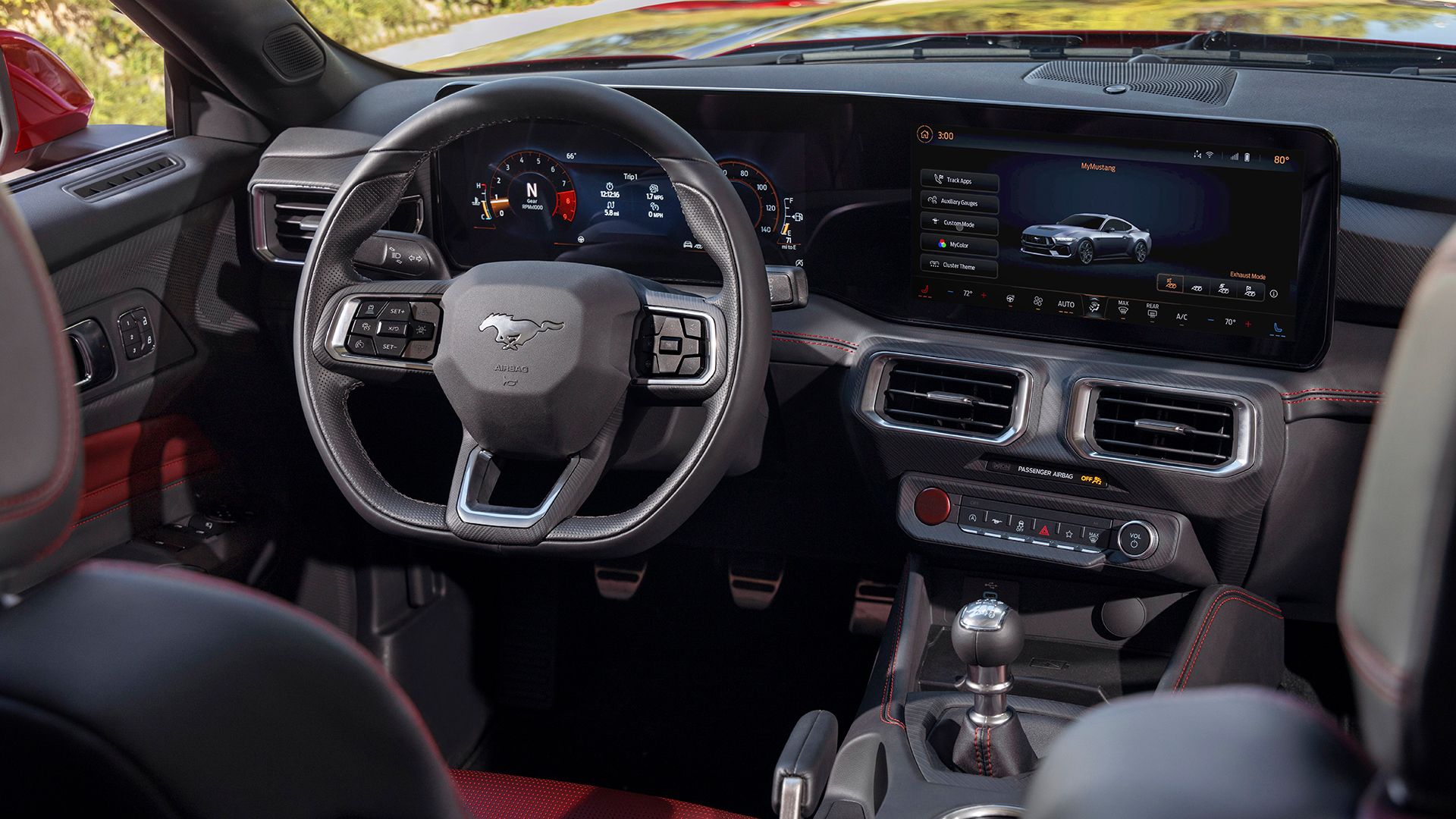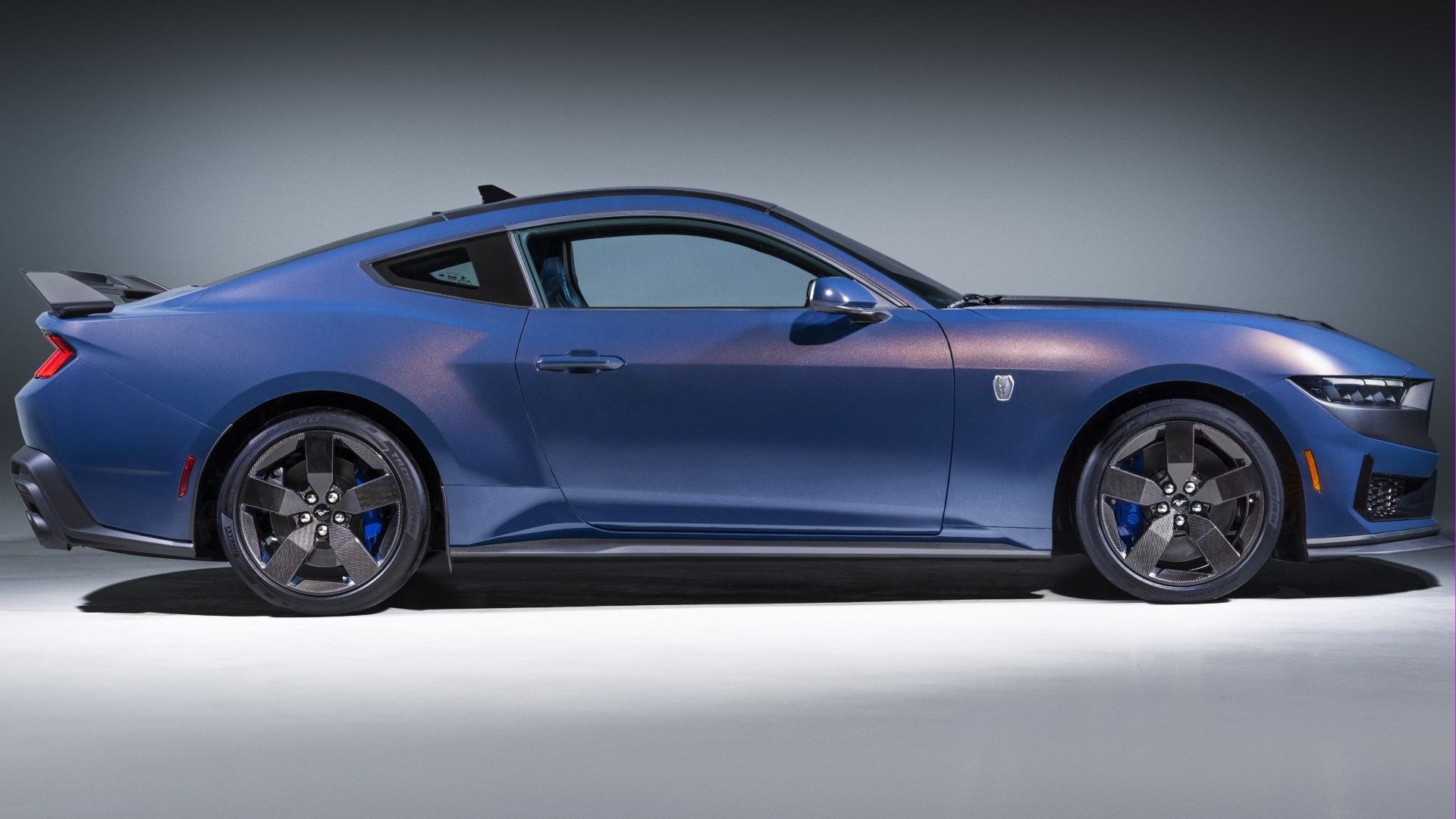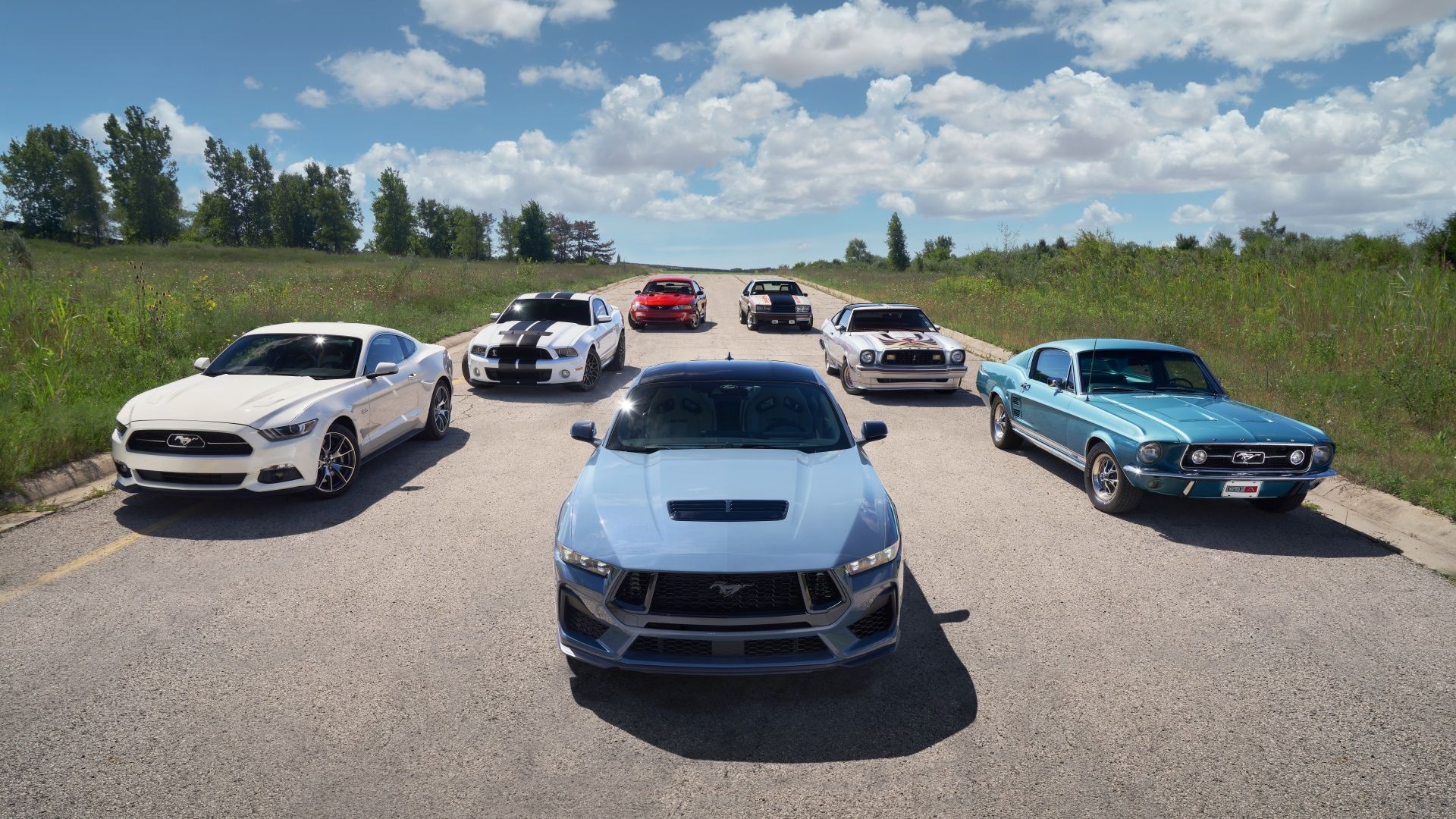Summary
- The 2024 Toyota Tacoma is built to enhance on-road and off-road capability. It comes with improved towing and payload capacities, making it suitable for a wide range of customers.
- The new Tacoma has a maximum towing capacity of 6,500 pounds with the base i-Force engine, while the i-Force max hybrid engine can tow up to 6,000 pounds and offers better fuel efficiency.
- Compared to its predecessor, the new Tacoma boasts improved power, torque, and fuel efficiency, and almost matches the highest available towing capacity from the previous generation V-6 engine.
Toyota unveiled the fourth generation Tacoma in May 2023. As the 2024 model, it continues Toyota’s tradition of producing the best-selling mid-size truck in its class for the past 18 years. The new Tacoma is designed to provide superior on-road and off-road capabilities compared to previous generations, and it incorporates new technology to aid in maneuvering the truck and trailer.
The new Toyota Tacoma is constructed on a new platform featuring a lighter aluminum upper body, high-strength steel, and laser welds. These changes have significantly improved the truck’s capability. Toyota aims to maintain the Tacoma’s position as the top-selling midsize truck. In this article, we will delve into the towing and payload capabilities of the new Tacoma, its enhancements over the outgoing model, and its competitive standing.
Designed for demanding off-road conditions, the Tacoma prioritizes truck performance, efficiency, and comfort, complemented by available multi-link rear suspension. These updates are expected to help the 2024 model maintain its leadership in the midsize truck segment.
To ensure accurate information, the data used in this article was sourced from various manufacturers’ websites and other authoritative sources, including MotorTrend.
2024 Toyota Tacoma Towing Capacity
The new Tacoma is based on Toyota’s TNGA-F global platform, which it shares with the Toyota Sequoia and Tundra. This body-on-frame setup is beneficial for off-roading and towing. The Tacoma is equipped with new inline-four turbo engines, available with an eight-speed automatic or six-speed manual transmission. These enhancements enable the Tacoma to achieve a maximum towing capacity of 6,500 pounds.
Engine Choices And Towing Capacity
The new Tacoma offers two engine options: the base i-Force engine and the top-tier i-Force max hybrid engine. The maximum towing capacity of the Tacoma is 6,500 pounds, available in specific trims. Toyota’s range-topping i-Force max engine in the new Tacoma can tow up to 6,000 pounds, focusing on improved efficiency. This may not surpass competitors like the 2024 Ford Ranger that can tow up to 7,500 pounds, but the Tacoma’s towing capacity of 6,000-6,500 pounds allows for towing trailers, campers, motorcycles, boats, and jet skis with ease.
Toyota Tacoma Engine Specifications
|
Name |
i-Force |
i-Force Max |
|---|---|---|
|
Engine |
Inline-four turbo |
Inline-four turbo hybrid |
|
Displacement |
2.4 liters |
2.4 liters |
|
Power |
278 horsepower |
326 horsepower |
|
Torque |
317 pound-feet |
465 pound-feet |
|
Transmission |
Eight-Speed auto/Six-Speed manual |
Eight-Speed auto/Six-Speed manual |
|
Max Towing capacity |
6,500 pounds |
6,000 pounds |
(Source: Toyota)
2024 Toyota Tacoma Payload
The 2024 Tacoma comes in various configurations, including a four-door double cab and a two-door XtraCab, with either a five or six-foot bed. The XtraCab and 6-foot bed versions are available on a few trims, such as SR, SR5, and TRD PreRunner, prioritizing utility. The TRD Pro trim, on the other hand, competes with models like the Ford Ranger Raptor. Toyota claims a maximum payload capacity of 1,710 pounds for the i-FORCE Max Models, slightly exceeding the previous model’s max payload capacity of 1,685 pounds.
Towing And Payload Capacities Of Different Tacoma Trims
The Tacoma offers a maximum towing capacity of 6,500 pounds and a max payload of 1,710 pounds. However, the 6,500 pounds towing capability is only available on trims equipped with the i-Force engine, as the i-Force max hybrid engine drops to a maximum of 6,000 pounds. The table below lists the various trims and their maximum towing capacity.
Trims And Towing Capacities
|
Trim |
Engine |
Max Towing |
|---|---|---|
|
SR |
i-Force |
6,500 pounds |
|
SR5 |
i-Force |
6,500 pounds |
|
TRD PreRunner |
i-Force |
6,500 pounds |
|
TRD Sport |
i-Force/i-Force Max |
6,000 pounds |
|
TRD Off-Road |
i-Force/i-Force Max |
6,000 pounds |
|
Limited |
i-Force/i-Force Max |
6,000 pounds |
|
Trail Hunter |
i-Force Max |
6,000 pounds |
|
TRD Pro |
i-Force Max |
6,000 pounds |
(Source: Toyota)
The standard towing capacity should satisfy several tasks and provide the versatility desired by new Tacoma owners.
Towing Capacity Compared To The Previous Generation
Improvements over the previous generation are evident in the latest Tacoma. The base engine matches the power of the outgoing range-topping V-6 and boasts even more torque.
Alternatively, the i-Force max hybrid engine, with more power and torque than the old V-6 and current 2.7-liter turbo ICE, offers better fuel efficiency. Compared to the last model, the new Tacoma excels in towing, with the previous truck’s standard towing capacity of 3,500 pounds surpassed. The old model’s maximum towing capacity reaches 6,800 pounds with a slightly inferior max payload of 1,685 pounds, outperforming new Tacoma’s maximum towing by 300 pounds, but only available in one trim – the 4×2 access cab with the V-6 and six-foot bed.
Towing Assistance Features
Enhancing the towing experience, the 2024 Tacoma comes with a new suite of assistance features. These features simplify movement and maneuverability, especially when towing a trailer. Notable towing assistance features in the Toyota Tacoma include:
- Trailer brake controller: Monitors and identifies blind spots for the truck and trailer.
- Trailer backup guide: Assists in maneuvering the truck and trailer.
- 360-degree camera: Offers a top-down 360-degree view to aid visibility, accompanied by a digital display mirror.
- Straight Path Assist: Aids the truck and trailer in backing up in a straight line.

